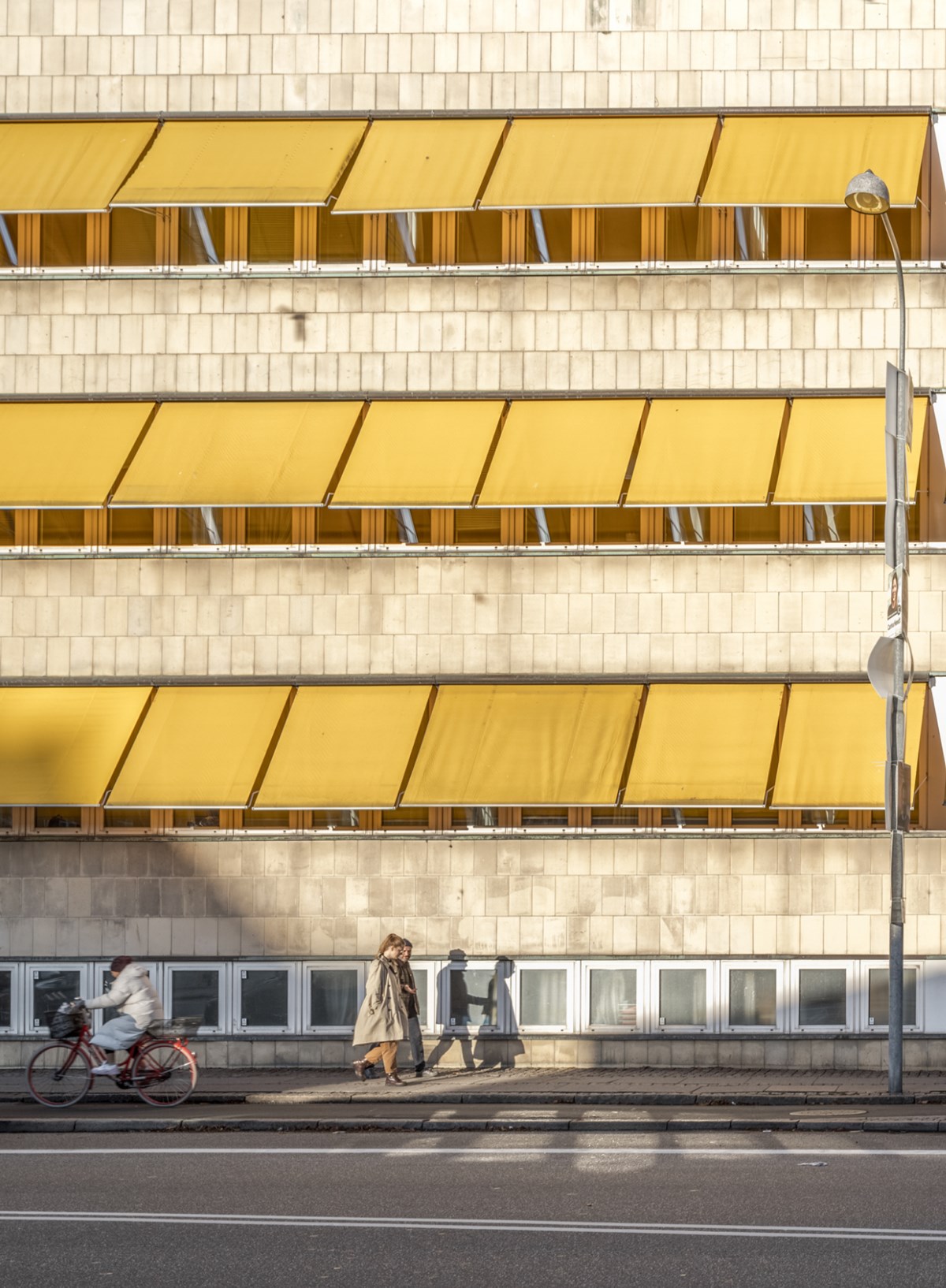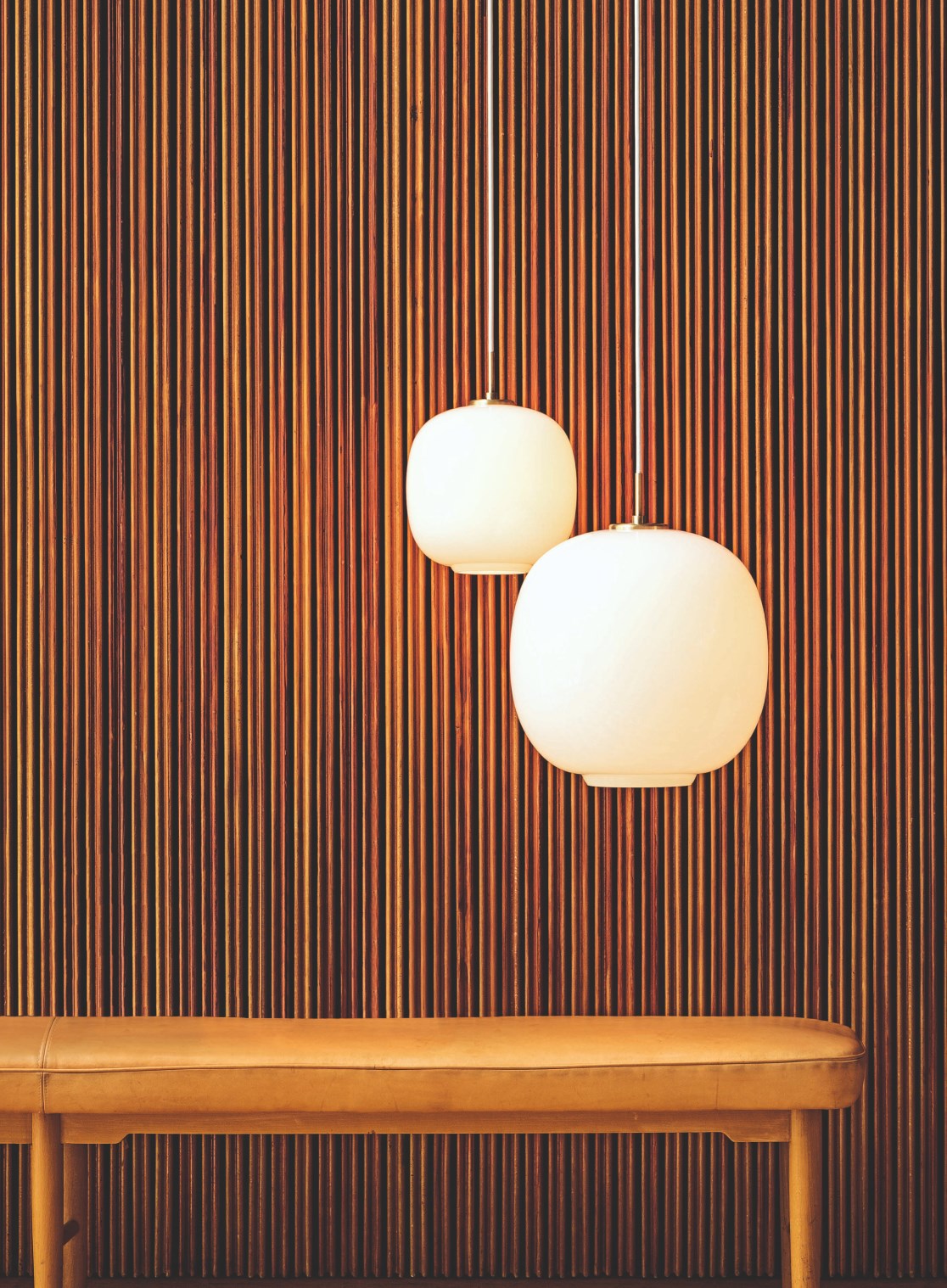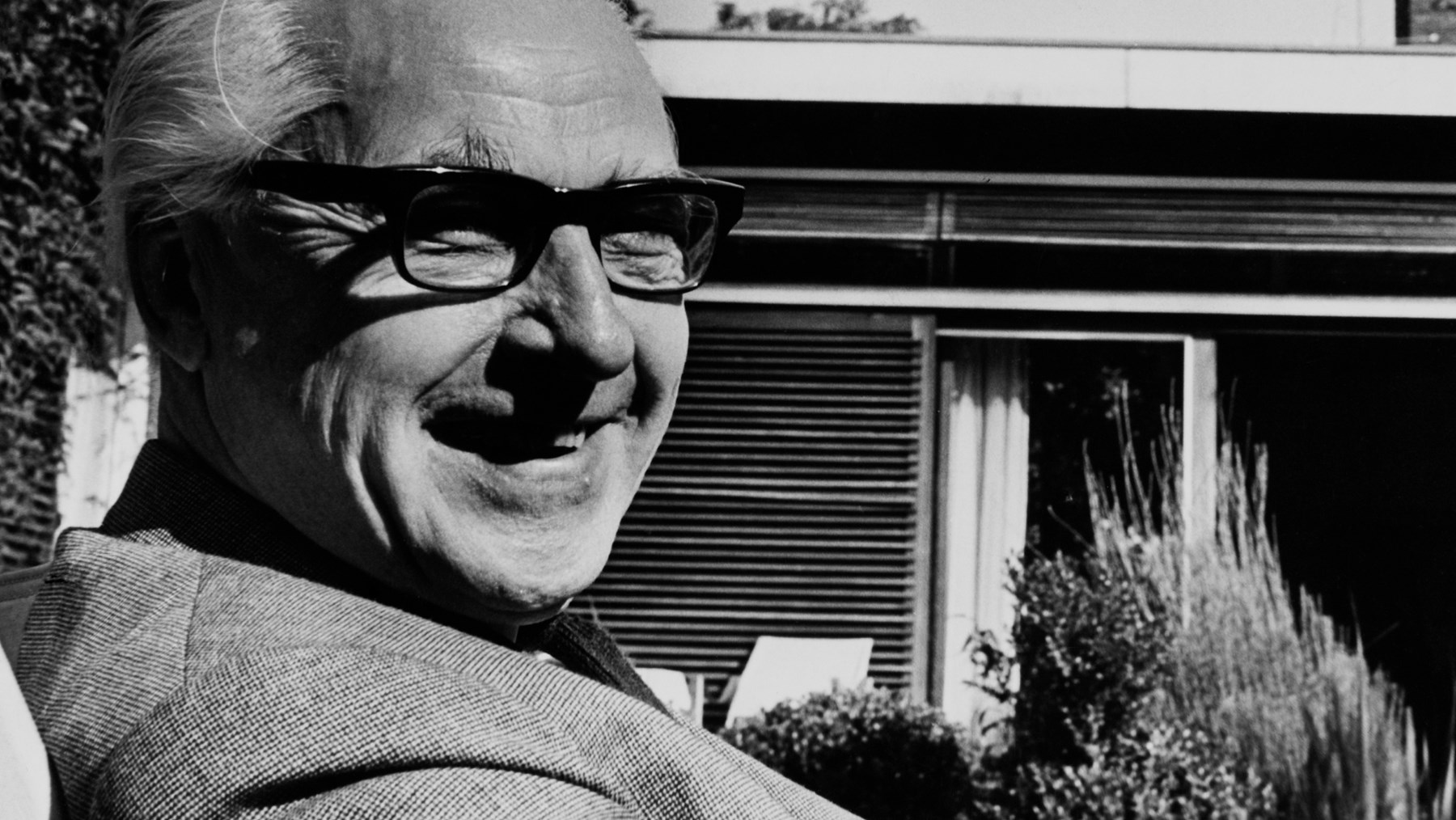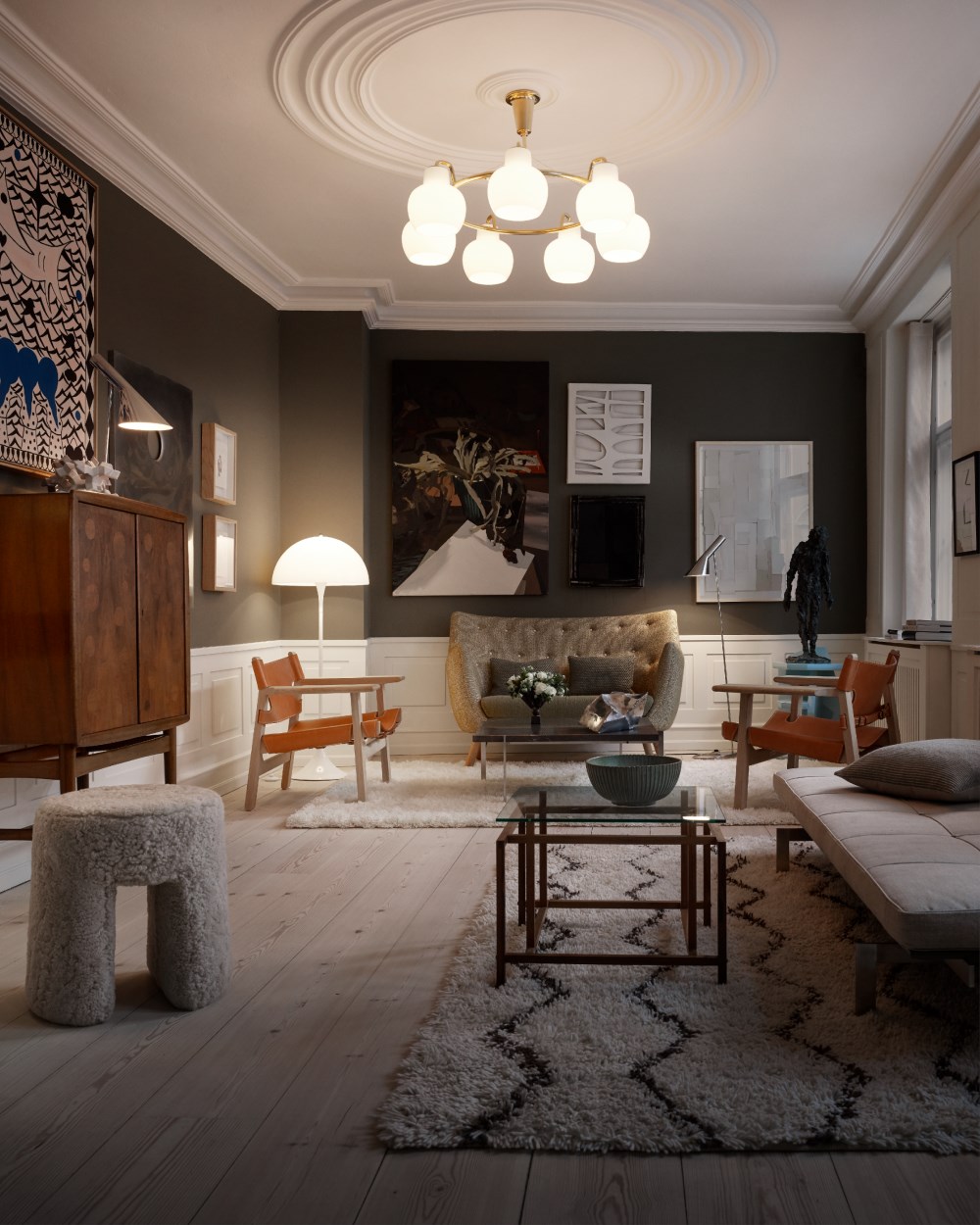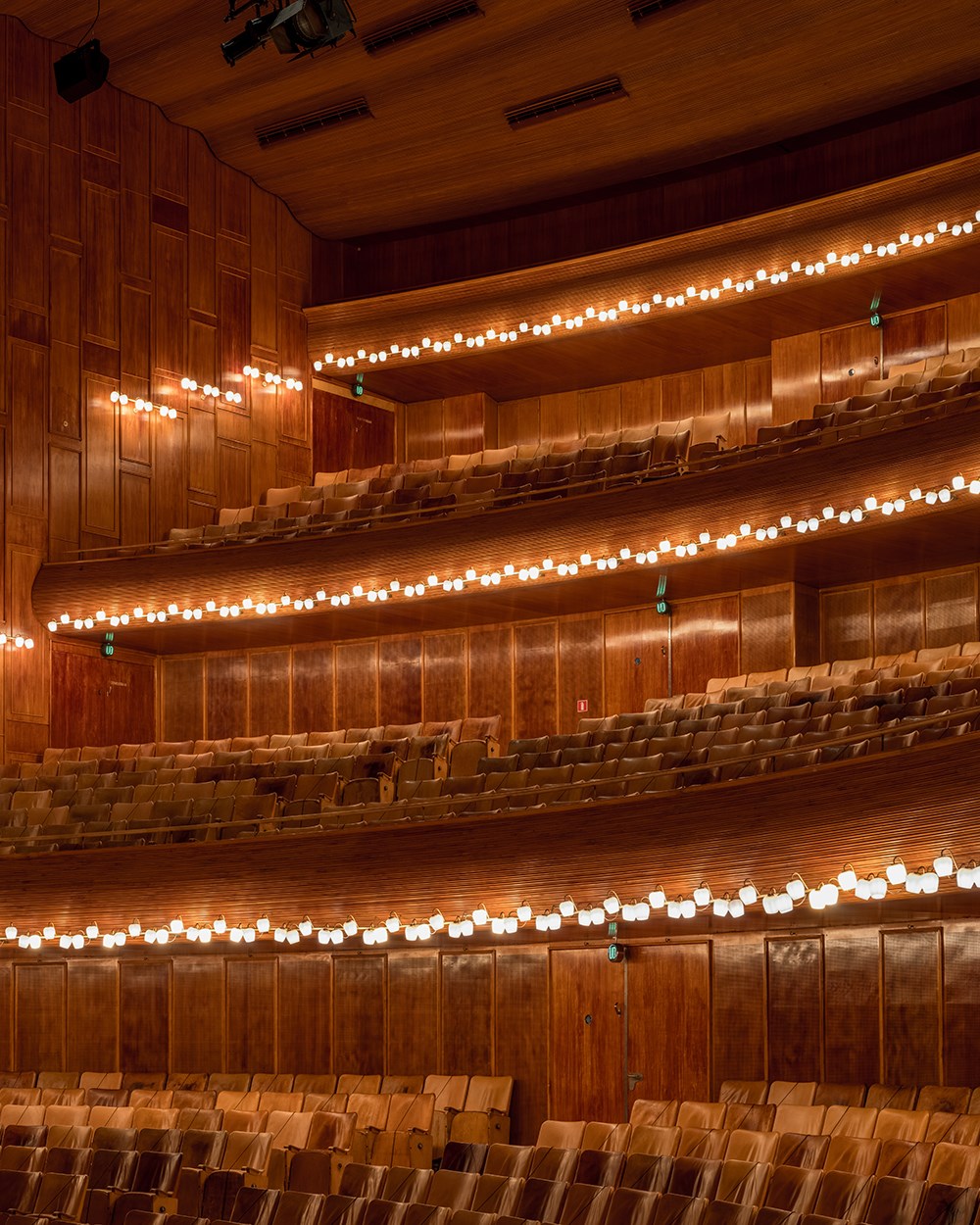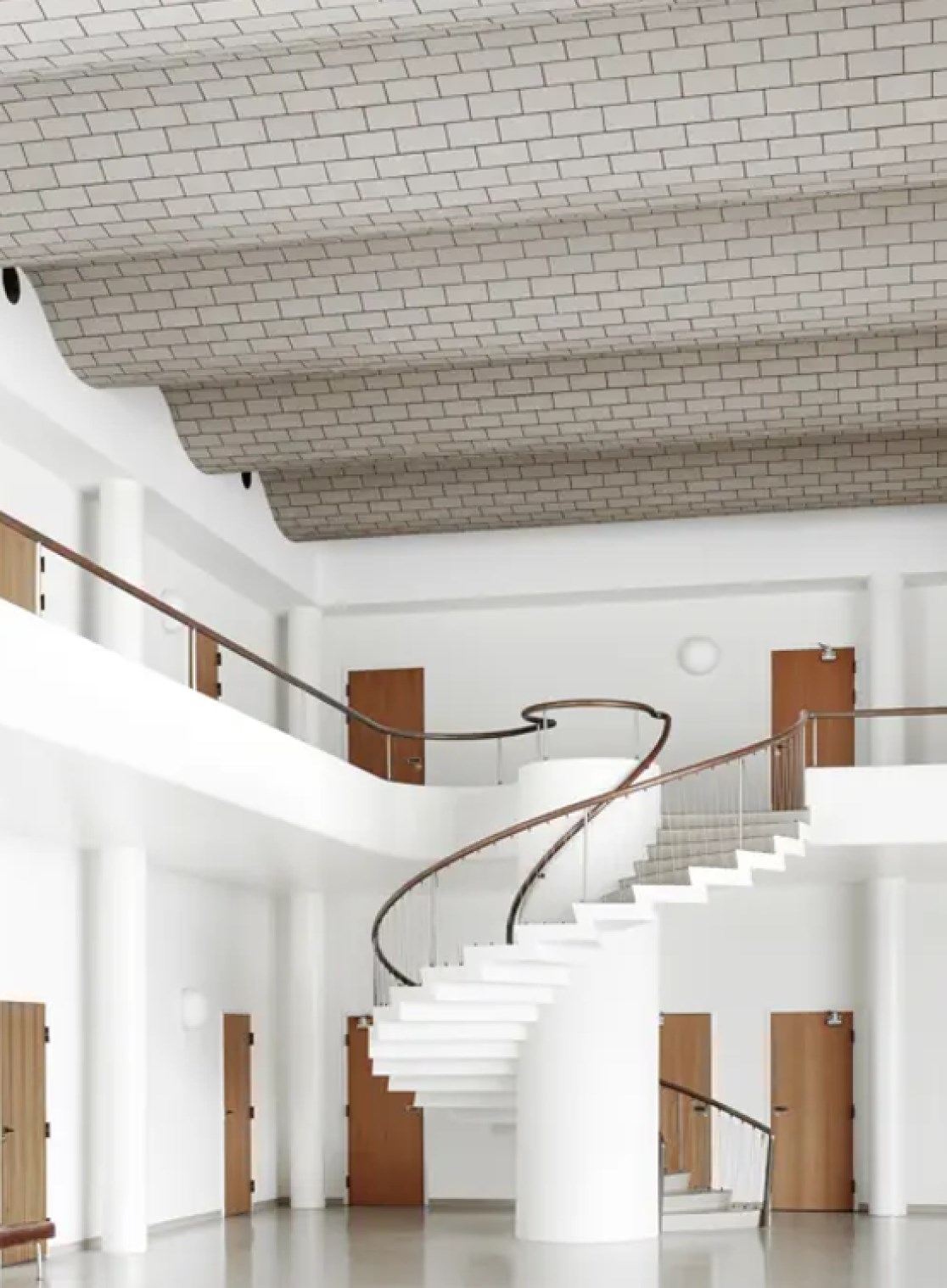
As a pioneer of Danish functionalism, Lauritzen designed several prominent buildings, including the theatre, Nørrebro Teater (1931-32), the department store, Daells Varehus (1928-35), the headquarters of the Danish Broadcasting Corporation, known as Radiohuset (1936-41), and Copenhagen Airport’s first terminal (1937-39), located in Kastrup, just outside of Copenhagen. He also created a number of other significant works throughout his career.
